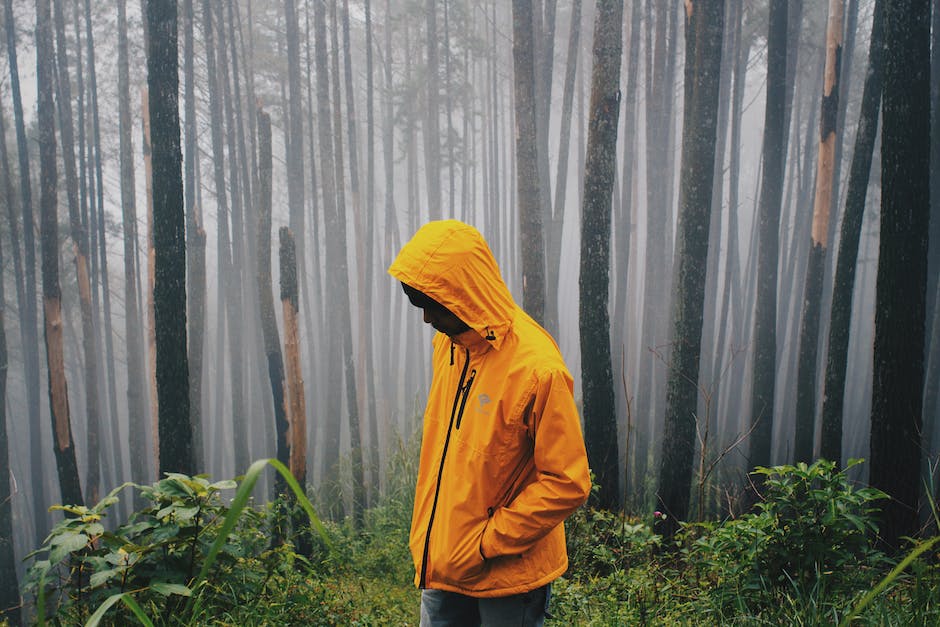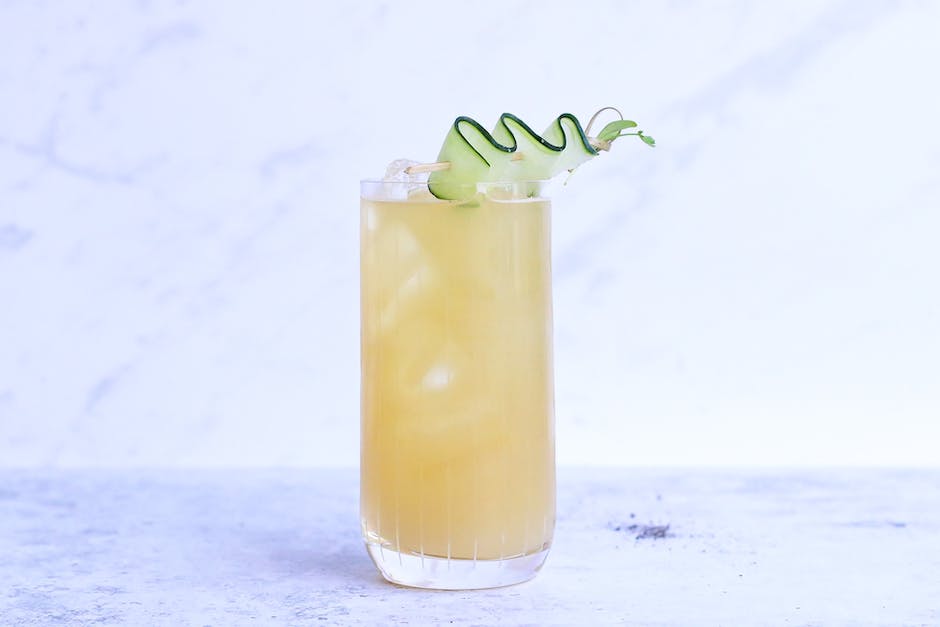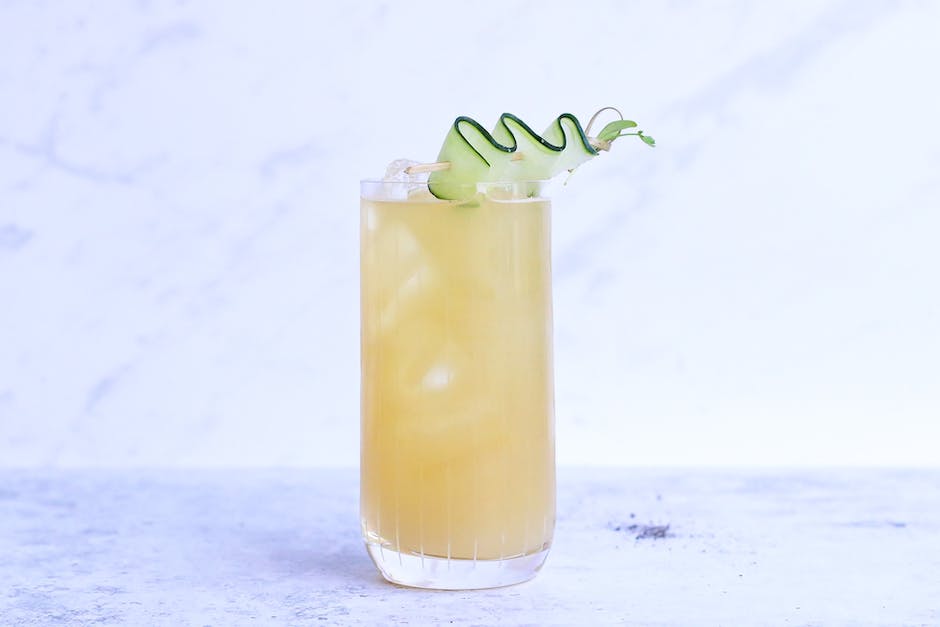Most people are familiar with yellow jackets as they are a common type of wasp. They are often seen near garbage cans, hovering around picnic tables, or flying in and out of their nests. But what purpose do these insects serve?
Yellow jackets are important predators of many types of insects. They are especially beneficial in controlling populations of destructive caterpillars. Yellow jackets also pollinate many kinds of plants, including some fruits and vegetables.
So next time you see a yellow jacket, take a moment to appreciate the important role they play in our ecosystem!
Yellow jackets serve as a potential food source for many animals, including birds, rodents, and reptiles. They are also important in the pollination of plants.
How long does a yellow jacket live for?
The life expectancy of yellow jacket colony members can vary greatly. Most adults will live for the entire season, but some workers will only live for 12-22 days. Male yellow jackets will die after mating.
When a yellow jacket stings you, it can be a very painful experience. The venom that is injected can cause inflammation and redness around the sting site, as well as fatigue, itching, and warmth. If you are allergic to the venom, it can be a life-threatening situation. If you are not sure if you are allergic, it is best to seek medical attention immediately.
Why do yellow jackets follow you around
If you find yourself being chased by a wasp or yellow jacket, it’s likely because they feel that their nest is in danger. These insects are incredibly defensive and will do whatever is necessary to remove the threat from the vicinity of the nest or to escape. In some cases, this may mean stinging you. While wasp and yellow jacket stings can be painful, they are usually not life-threatening. However, if you are allergic to these stings, it is important to seek medical attention immediately.
Yellow jackets are beneficial to gardeners because they help with pollination and because they have good eating habits. They are not very efficient at pollinating because they are not as fuzzy as honey bees or bumblebees, but they still help.
Do yellow jackets return to the same nest every year?
Yellowjackets and other wasp species generally do not use the same nest year after year. New queens will start a new nest each spring, although a favorable nest site may be chosen year after year if adequate space is available.
As fall approaches, yellow jackets become more aggressive and are more likely to sting. If you have a nest on your property, now is the time to treat or remove it.
How far will yellow jackets chase you?
Bees are amazing creatures! They are incredibly fast and agile, and they will fiercely defend their nest if they feel threatened. They are also incredibly efficient pollinators and are vital to the health of our ecosystem.
Some yellow jackets can sting you even if you’re not near their nest or if you haven’t done anything to disturb them. They might do this if they feel threatened in some way. Remember that yellow jackets can also bite, so be careful if you see one!
How many times can you get stung by a yellow jacket
There are a few reasons why yellow jackets don’t leave stingers in your skin. First, because they don’t have a stinger. Second, because they can sting you multiple times, unlike bees. And third, because they are less likely to cause an allergic reaction than bees.
If you are looking to get rid of yellowjackets, there are a few home remedies that you can try. One is to cover the entrance and exit to their nest with glass bowls. This will kill them as they try to enter or exit the nest. Another option is to use dry ice, peppermint oil, or protein bait. You can also destroy the nest entirely, or hang an imitation nest to lure them away from their current one. Finally, you can use a wet-dry vacuum to suck them up and kill them.
What is a yellow jackets enemy?
This insect developed such a defensive behavior due to the actions of predators like raccoons and skunks. These small carnivores dig out yellow jacket nests in hollow logs or underground to eat the tasty larval and pupal wasps inside.1311.
Yellowjackets are most active between 10 am and 4 pm, weather dependent. If the weather is too cold or too hot, yellowjacket activity will be a little sluggish. The best time to look for a yellowjacket nest is after the day has warmed up – usually after 10 am.
What color do yellow jackets hate
Wearing white is a great way to keep bees and wasps away from you. The lack of color is typically what deters them from coming close. So, the next time you see a beekeeper, you’ll know why they wear white – it’s to keep the bees at bay!
Yellow jackets are much more tolerant of cold weather than bees, but they can’t survive a true winter. Yellow jacket workers die after 5-7 days of temperatures 45 degrees Fahrenheit or colder. This makes them one of the most reliable bio-indicators of spring.
What kills yellow jackets in the ground?
To kill yellow jackets and hornets underground, use Ortho® Bugclear™ Insect Killer For Lawns & Landscapes Concentrate. It can be used in a tank sprayer or with the Ortho® Dial N Spray® Hose End Sprayer to kill on contact and keep stinging insects from coming back to their nest for 6 months.
The yellow jackets are a type of wasp that is known for their aggressive behavior and their tendency to sting. They are also known for their brightly colored yellow and black stripes. The yellow jackets are a social insect and live in colonies. The colony is made up of worker bees, which are all female, and a queen bee. The queen is the only bee in the colony that can reproduce. The worker bees are responsible for gathering food, caring for the young, and protecting the colony. The yellow jackets are most active in the summer and fall months. During the winter months, the worker bees die off and only the queen survives. In the spring, the queen will start a new colony.
Do yellow jackets go to sleep at night
If you absolutely must approach a yellow jacket nest, do so at night. They are most active during the day and return to their nest at night, which means the chances of being stung are reduced.
The life cycle of a queen bee is fascinating. They typically build their paper nests and lay eggs in late spring or early summer. By midsummer, the first adult workers emerge and enlarge the nest. They continue to care for the queen who keeps laying eggs. By late summer, the nest has grown to as many as 5,000 workers. It’s amazing to think about how such a small creature can have such a big impact on the world.
Final Words
Yellow jackets are beneficial to humans because they eat many nuisance insects, such as flies, wasps, and bees. They are also important in pollinating flowers and fruit trees.
Yellow jackets serve as important pollinators of many plants and flowers. They are also a source of food for other animals, such as birds and rodents. Additionally, their nests can provide homes for other insects.

